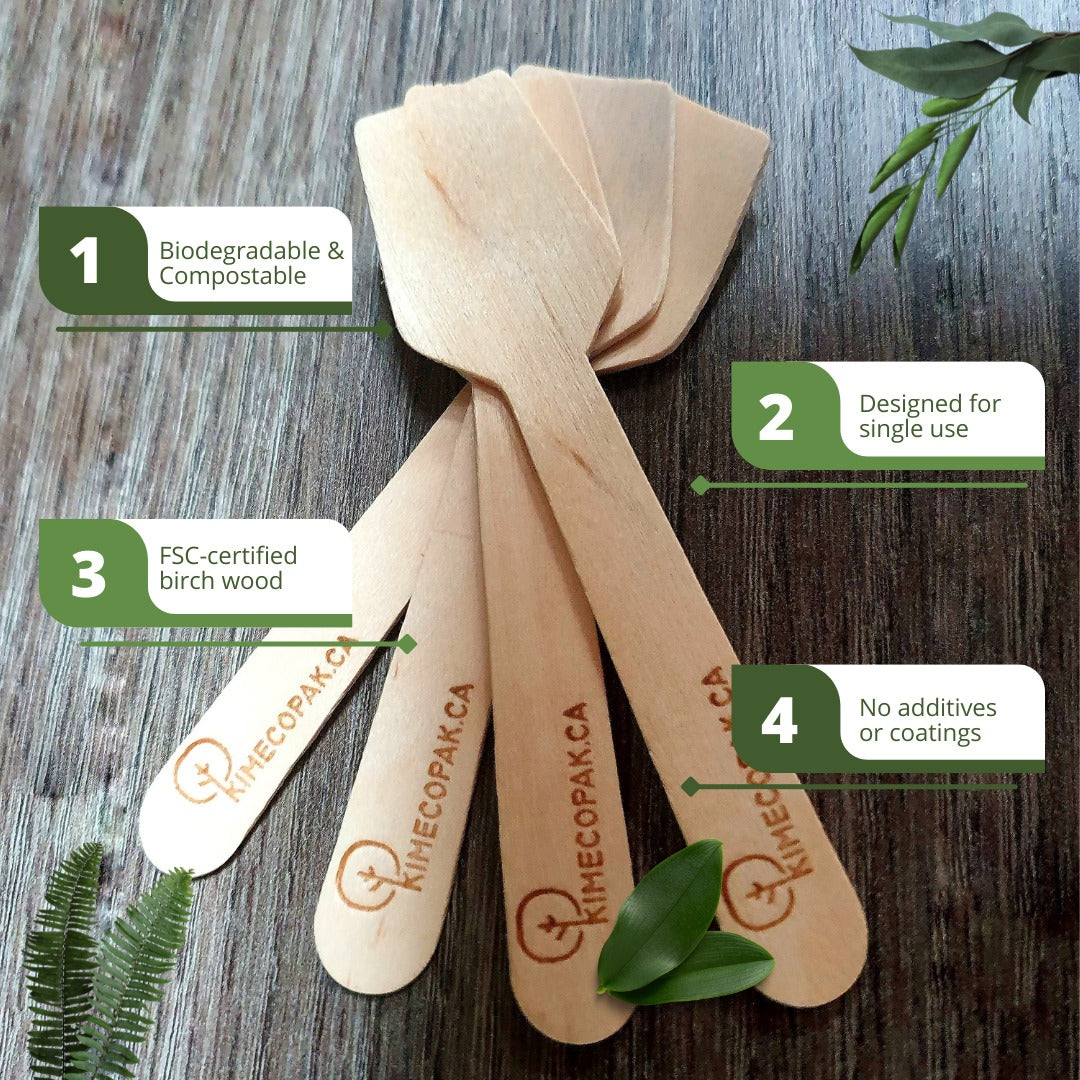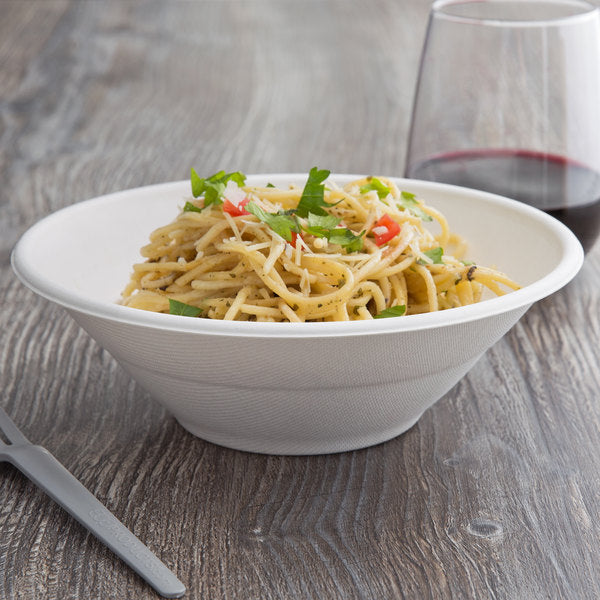Crafting exceptional sushi is an art form, but the canvas is only as good as the paint. That's where ingredient quality takes center stage, dictating the symphony of flavors and textures that define your culinary masterpiece. Let's delve into the most crucial qualities of sushi ingredients, along with the challenges you might face and the solutions to overcome them in today article.
Related: How Can Your Restaurant Maintain Flavor Consistency in Every Sushi Bite?
How Do the Quality Ingredients Impact to Sushi Quality?
High-quality ingredients play a fundamental role in determining the overall quality of sushi. It's like the canvas and paint in a masterpiece; without the finest materials, even the most skilled artist struggles to create a truly exceptional work. Here's how quality ingredients impact sushi in every aspect:
- Freshness ignites the taste: Wild seafood sings with vibrant flavors, melt-in-your-mouth textures, and an ocean-fresh whisper.
- Harmony in every bite: Perfectly cooked rice balances richness, sweetness, and subtle vinegary tang, complementing, never overpowering.
- A feast for the senses: Crisp nori crackles, silky fish glides, and each piece becomes a mini-masterpiece.
- Quality shines through: From glistening tuna to emerald nori, the beauty of nature inspires culinary artistry.
High-quality ingredients are the heart and soul of exceptional sushi. They elevate every aspect, transforming a meal into an unforgettable experience. However, sourcing and maintaining quality ingredients become one of biggest challenge for sushi restaurant.
How to solve right this problem? First let’s review the quest of ingredient quality then identify the challenges and solutions for your restaurant.
What Are the Most Important Qualities of Sushi Ingredients?
When it comes to sushi, the quality of ingredients reigns supreme. So, what are the most important qualities to seek in each key element?
Here are general characteristics that sushi ingredients need:
- Freshness reigns supreme: Vibrant colors, firm flesh, and that ocean-fresh whisper are testaments to peak quality. Dull eyes and limpness are the foes on your quest.
- Sustainability matters: Partnering with responsible suppliers committed to ethical practices becomes your shield against environmental harm. Sourcing responsibly shines a light on sustainable sushi.
- Understanding cuts and grades: Each cut dances differently – tuna belly's melt-in-your-mouth softness contrasts with hamachi's firm resilience. Mastering these nuances unlocks the full potential of each fish.
- Proper handling and storage: Treat your seafood with reverence. Icy temperatures, meticulous hygiene, and flash-freezing techniques ensure it arrives at its peak, ready to perform its culinary magic.
Each type of sushi ingredient has also its own important traits, here are the break down:
For Seafood:
- Freshness: This is the crown jewel. Vibrant colors, firm flesh, and that ocean-fresh aroma are non-negotiables. Dull eyes and limpness are dealbreakers.
- Sustainability: Sourcing ethically caught seafood ensures a healthy ocean and delicious sushi. Look for certifications like MSC or ASC and partner with suppliers committed to responsible practices.
- Cuts and Grades: Each cut offers a unique experience. Tuna belly melts on the tongue, while hamachi provides a satisfying firmness. Understanding these nuances unlocks the full potential of each fish.
- Handling and Storage: Treat your seafood with reverence. Icy temperatures, meticulous hygiene, and flash freezing techniques ensure it arrives at its peak, ready to perform culinary magic.
Rice:
- Variety: Koshihikari's sweetness or shinko's delightful firmness? Explore different rice types, each a blank canvas for your artistic sushi. Find your perfect match for texture and flavor.
- Cooking and Washing: Mastering rinsing and cooking techniques unlocks the ideal bite – fluffy yet firm, with a whisper of vinegary magic. It's the foundation that carries your culinary masterpiece.
- Seasoning: Each grain should be lightly kissed with vinegar, sugar, and salt. Too much overpowers, too little leaves your sushi wanting. Balance is the melody that binds your creation.
Other Ingredients:
- Nori: Crispness, deep emerald hue, and premium quality elevate your sushi from good to exceptional. Choose high-grade sources for the perfect frame to your culinary artwork.
- Wasabi: Freshly grated wasabi offers a nuanced heat, a counterpoint to the sweetness of your masterpiece. Its pungency and texture elevate your sushi to new heights.
- Ginger and Soy: Don't underestimate their impact! High-quality ginger, lightly pickled, and complex soy sauce add depth and harmony to your culinary chorus.
To ensure these qualities of sushi ingredients, sushi restaurant might meet different hurdles. They are explained in the next part of article.

What Are the Challenges for Sushi Restaurant?
Navigating the world of sourcing and maintaining top-notch ingredients presents a unique set of challenges. Below are three main challenges sushi restaurants face:
Supply chain and traceability issues
- Verifying origin and quality: It's difficult to confirm the exact origin and quality of seafood, especially with complex supply chains. Restaurants rely on certifications and supplier reputations, but these aren't foolproof.
- Seafood fraud and mislabeling: Mislabeling of species or origins is a major issue, impacting both consumer trust and sustainability efforts. Restaurants need verification methods like DNA testing or blockchain technology.
Seasonality and availability
- Adapting menus: Depending heavily on certain fish can lead to shortages and price fluctuations. Restaurants need to diversify their offerings and source seasonally for better availability and freshness.
- Preservation and storage: Proper storage techniques like controlled temperature and vacuum-packing are essential for maintaining quality and preventing spoilage during off-seasons.
Food safety and sanitation
- Hygiene practices: Strict adherence to food safety regulations is vital for preventing foodborne illnesses. Proper handwashing, temperature control, and equipment sanitation are essential.
- Understanding and adhering to regulations: Regulations vary by region, so restaurants need to stay updated on specific requirements for seafood handling and preparation.
Additional Challenges
- Rising costs: The increasing cost of high-quality seafood can put pressure on profit margins. Restaurants need to find ways to optimize their sourcing and pricing strategies.
- Consumer preferences: Changing consumer preferences for sustainable and ethical seafood options require restaurants to adapt their offerings and messaging.
- Competition: The growing popularity of sushi restaurants increases competition, pushing them to differentiate themselves through quality and innovation.
How can your restaurant overcome these challenges? Explore in the next part.
Solutions and Strategies for Ingredient Excellence
How do you ensure your sushi sings with freshness and authenticity, while navigating the challenges of supply chains, seasonality, and food safety? Here are some potent strategies:
Supplier Savvy: Building Trust Through Partnerships
- Seek reputable allies: Forge strong partnerships with fishmongers, rice producers, and other ingredient suppliers who prioritize quality and transparency. Look for certifications like MSC (Marine Stewardship Council) or ASC (Aquaculture Stewardship Council) to ensure sustainable sourcing.
- Embrace the ethical path: Participate in sustainable fishing and farming practices. Partner with suppliers who share your commitment to responsible environmental practices.
- Shine a light on the journey: Support transparency and traceability initiatives in the supply chain. Consider blockchain technology or DNA testing to empower your customers with knowledge about the origins of their sushi.
Masters of Preservation: Techniques for Peak Freshness
- Temperature is king: Invest in proper refrigeration and temperature control systems. Implement strict temperature protocols for all stages, from delivery to preparation and storage.
- Beyond the icebox: Explore innovative storage and preservation techniques like flash freezing, vacuum sealing, and dry aging for specific ingredients. These methods extend shelf life while preserving texture and flavor.
- Waste not, want not: Implement responsible purchasing and preparation practices to minimize food waste. Portion control, creative utilization of scraps, and compost initiatives all contribute to a sustainable and cost-effective operation.
Knowledge is Power: Educating Your Staff
- Invest in your team: Train your chefs and staff on the intricacies of ingredient selection, handling, and storage. Equip them with the knowledge to identify quality, prioritize freshness, and implement safe practices.
- Empower your customers: Promote consumer awareness about sustainable and ethical sourcing practices. Share information about your suppliers, highlight the benefits of responsible fishing, and educate diners on the importance of quality ingredients.
In summary, quality ingredients aren't just a cost, they're an investment in your success. Sourcing ethically, understanding cuts, and mastering every element elevate your sushi, attracting loyal customers and raising your profit bar. Remember, it's not just about the bite, it's about the trust and the experience you build around each piece. Choose well, partner wisely, and watch your sushi shine.







